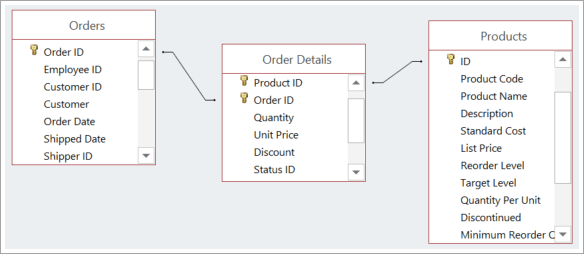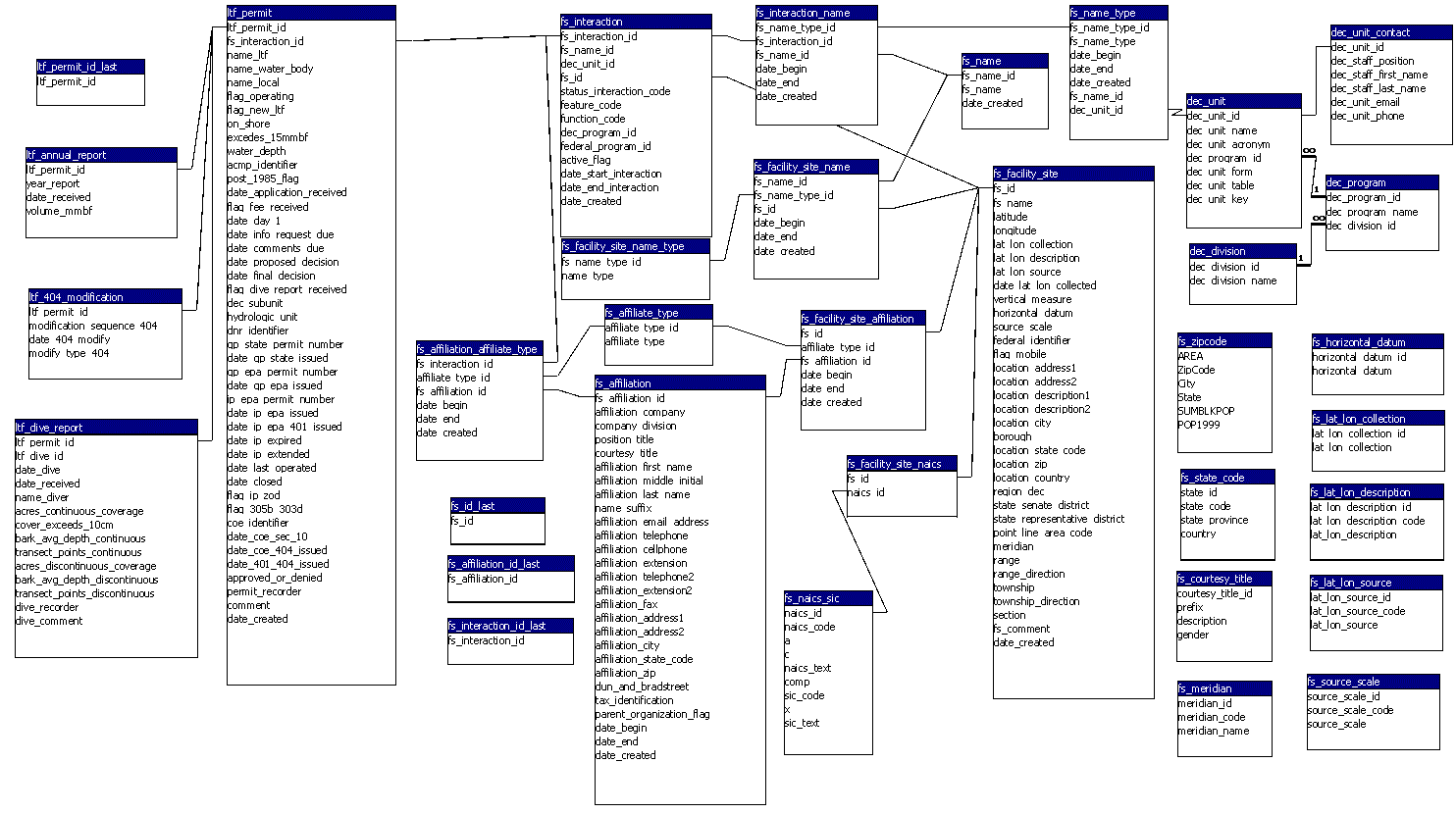
:max_bytes(150000):strip_icc()/relationship-56a227be3df78cf77272a934.jpg)
There will be a key called development that looks like this. I have created a database named fakedb, and as you can see in the image below it is empty for now. So, open your MYSQL workbench and create a database. Now we will be connecting to our database. You can delete the seeders and migrations folders, we won’t be needing them in this tutorial. It will create four folders for you, by now the folder directory should be looking like this. First, we need a database paradigm, I will be using MYSQL. js If you see a message that the server started on port 3000, then you did everything right.
#Create relationship in idatabase install#
Type npm install - save- dev nodemon in your terminal. Now install nodemon, it will make the development a lot easier. After doing that we started the server on port 3000. Here we are importing the express module and initializing it with an app variable. Following lines are to make sure our app can parse the json dataĬonsole.log( 'Server started on port 3000')
#Create relationship in idatabase code#
And write the following code in the file. Create a file called app.js in your project’s root folder. Npm i express dotenv sequelize sequelize- cli "test": "echo \"Error: no test specified\" & exit 1" The name will depend on your project folder’s name. This will initialize the npm in your current folder, and you will see a package.json file which will look like the following. Open your command line tool of choice, (for Windows users the Git bash is recommended). Create an empty folder and make sure you have node installed on your machine. Sequelize-cli (It will create all the necessary files required for you to work with Sequelize).įirst, let’s set up our project. You will need to install in the beginning, and keep on installing packages as we move forward

The framework on which I will be building is Nodejs. In this article I will be designing a one-to-many relationship using the Sequelize ORM in MYSQL.

As a beginner, writing relationships in plain SQL might be a bit intimidating, but using object-relational mapping (ORM) can make the task really easy and can drastically reduce the time it takes for you to design a database. Relationships in databases are a key concept.


 0 kommentar(er)
0 kommentar(er)
